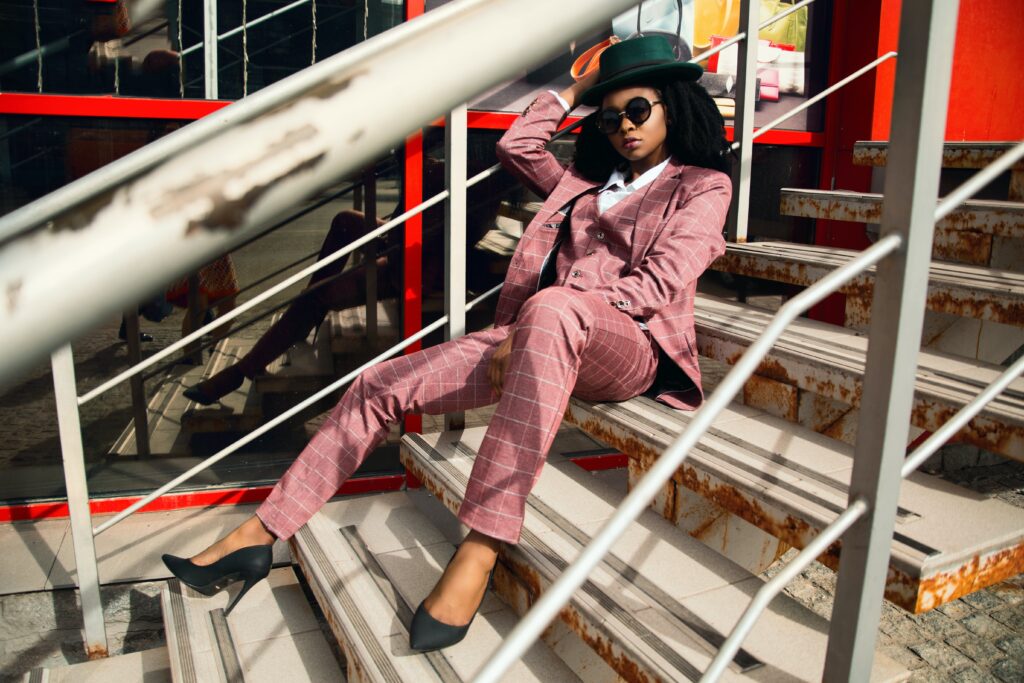In the realm of international relations, where every nuance and gesture carries diplomatic weight, the influence of fashion on diplomacy is a facet often overlooked. Yet, the choices women make in their style and attire can be a powerful tool in shaping perceptions, fostering connections, and even influencing diplomatic outcomes. In this era of global connectivity, the language of diplomacy extends beyond official statements and closed-door negotiations to include the realm of fashion diplomacy.
The Unspoken Language of Style
Fashion, as an art form, is inherently communicative. It transcends language barriers, offering a silent but powerful means of expressing identity, culture, and values. Women in prominent diplomatic roles find themselves uniquely positioned to leverage this unspoken language to communicate not only on behalf of themselves but also to represent their nations on the global stage.
Consider the iconic images of former U.S. Secretary of State Madeleine Albright, who seamlessly blended her distinctive brooch collection with her diplomatic wardrobe. Each brooch carried a story, a message, or a nod to the diplomatic context, turning her attire into a canvas for subtle yet impactful communication. This fusion of diplomacy and fashion became a signature style, demonstrating the potential of personal fashion choices in softening the edges of formal diplomacy.
Cultural Bridging Through Wardrobe Choices
One of the most fascinating aspects of fashion diplomacy is its ability to serve as a cultural bridge. When women diplomats incorporate elements of their own cultural heritage into their attire, they not only celebrate diversity but also create a tangible connection with their counterparts.
Queen Rania of Jordan, renowned for her elegance and sophistication, masterfully uses her wardrobe to represent the rich tapestry of Jordanian culture. Whether it’s an intricately embroidered gown or a modest yet stylish ensemble, her attire becomes a visual testament to the harmony of tradition and modernity. In doing so, she effortlessly fosters cross-cultural understanding and promotes a positive image of her country on the global stage.
Fashion as Soft Power
Soft power, the ability to shape perceptions and influence through attraction rather than coercion, has become an integral part of modern diplomacy. The soft power of fashion lies in its ability to capture attention, evoke emotions, and create a lasting impression.
Former First Lady Michelle Obama, with her impeccable sense of style, exemplified the transformative potential of fashion as soft power. Her choice of designers, colors, and even the occasional high-street ensemble sent a powerful message of accessibility and relatability. Beyond being a fashion icon, she used her wardrobe to humanize diplomacy, making it more approachable to the public and, by extension, enhancing the image of the United States on the global stage.
Challenges and Opportunities
While the potential of fashion diplomacy is undeniable, it also presents challenges. Striking the right balance between personal expression and cultural sensitivity requires finesse. Missteps in wardrobe choices can inadvertently lead to diplomatic faux pas, emphasizing the need for careful consideration and awareness of cultural nuances.
Moreover, the fashion industry itself is not immune to geopolitical tensions. The choice of designers, brands, and even specific garments can carry political undertones. Women in diplomatic roles must navigate these complexities with a keen understanding of the broader implications of their sartorial choices.
In conclusion, the intersection of fashion and diplomacy is a dynamic and evolving space where women play a pivotal role. By embracing fashion as a tool for communication, cultural representation, and soft power, women in diplomatic positions can contribute to building bridges, fostering understanding, and shaping positive diplomatic narratives on the global stage. In a world where the personal is undeniably political, the language of style speaks volumes, transcending borders and resonating in the hearts and minds of people worldwide.









